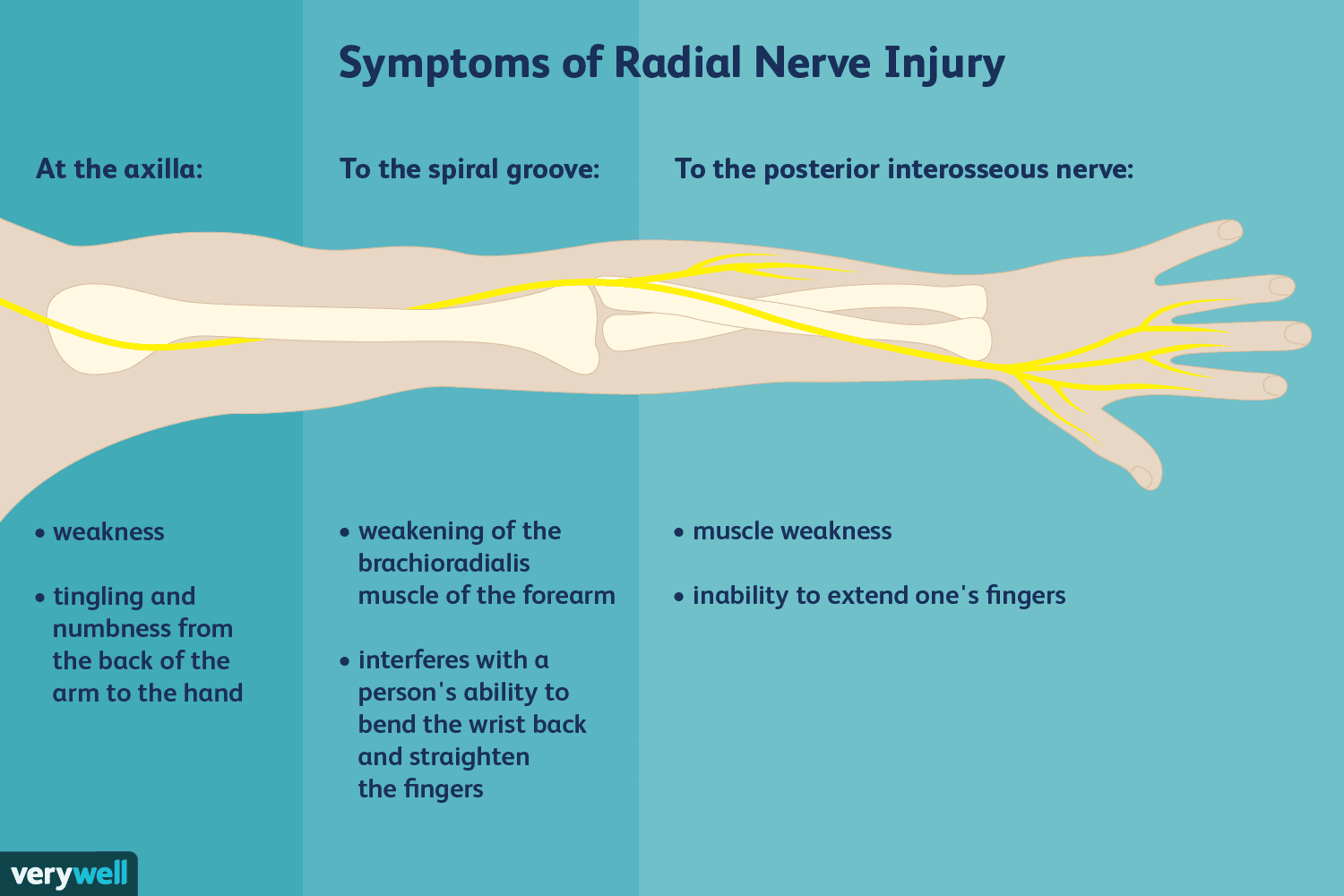- Mon - sat 10.30 - 18:00
- Call Us: 9989077459
- info.aastitv2ab@gmail.com

Nerves serve as the “wires” of the body that carry information to and from the brain. Motor nerves carry messages from the brain to muscles to make the body move. Sensory nerves carry messages to the brain from different parts of the body to signal pain, pressure, and temperature. While the individual axon (nerve fiber) carries only one type of message, either motor or sensory, most nerves in the body are made up of both.
What happens when a nerve is injured? Nerves are fragile and can be damaged by pressure, stretching, or cutting. Pressure or stretching injuries can cause the fibers carrying the information to break and stop the nerve from working, without disrupting the insulating cover. When a nerve is cut, both the nerve and the insulation are broken. Injury to a nerve can stop the transmission of signals to and from the brain, preventing muscles from working and causing loss of feeling in the area supplied by that nerve.
When nerve fibers are broken, the end of the fiber farthest from the brain dies, while the insulation stays intact, leaving empty tubes which used to carry the nerve fibers. The end that is closest to the brain does not die, and after some time may begin to heal. If the insulation was not cut, the nerve fibers may grow down the empty tubes until reaching a muscle or sensory receptor. If both the nerve and insulation have been cut and the nerve is not fixed, the growing nerve fibers may grow into a ball at the end of the cut, forming a nerve scar called a ‘neuroma’. A neuroma can be painful and cause an electrical feeling when touched.